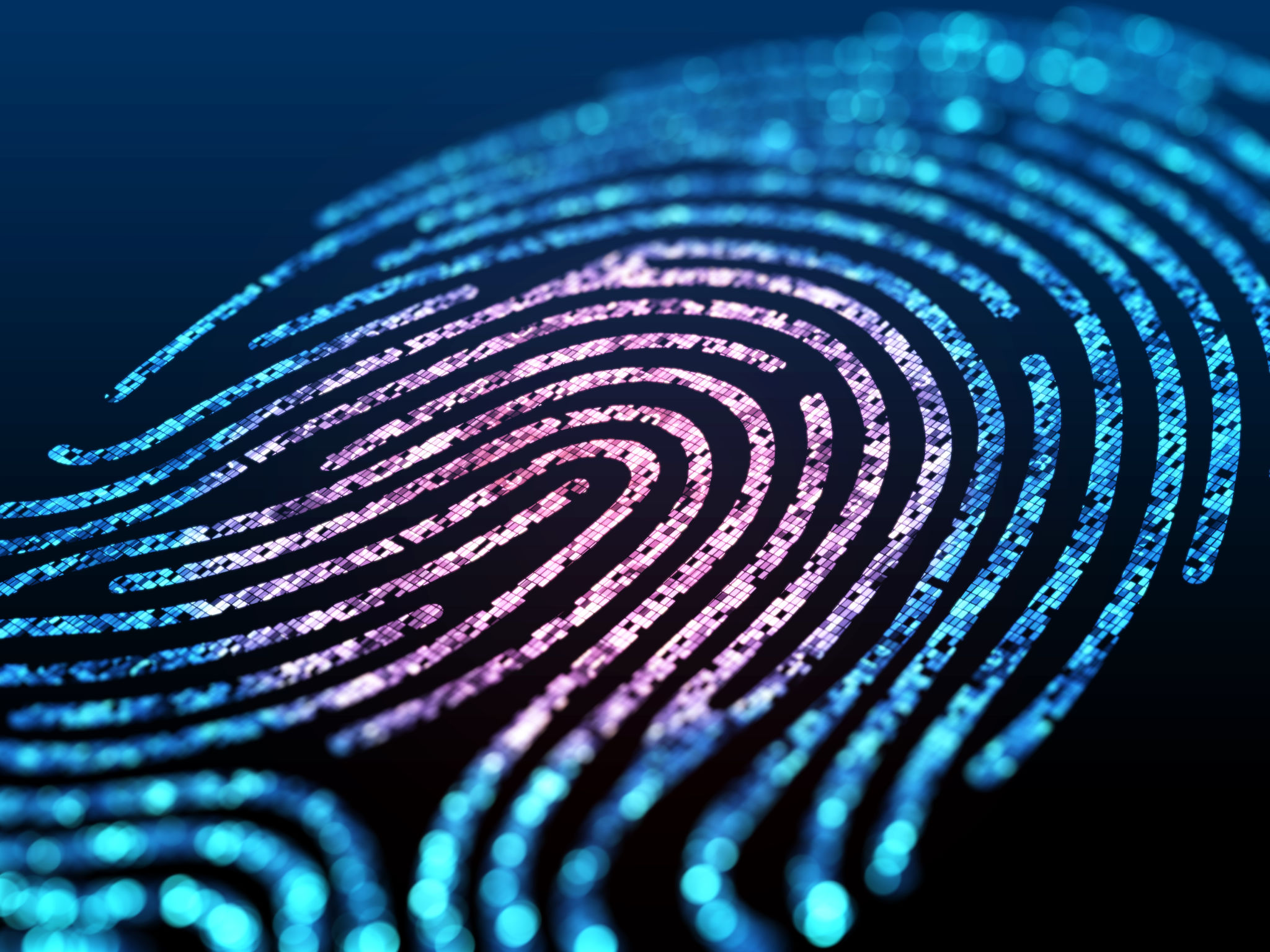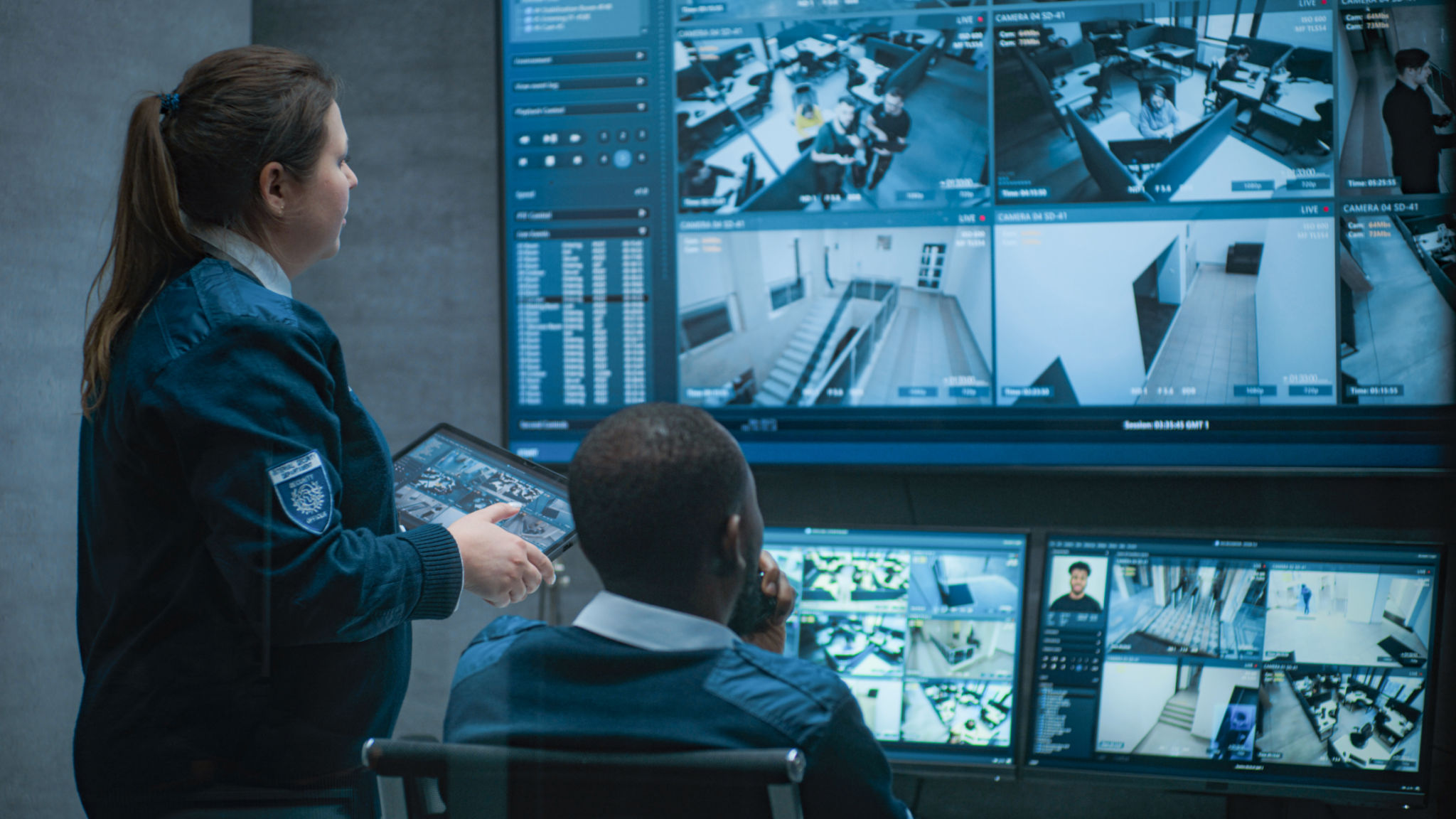Fingerprint Live Scans: What to Expect and How to Prepare
Understanding Fingerprint Live Scans
Fingerprint live scans are an essential tool in modern identification and security processes. Whether you're applying for a job, volunteering, or fulfilling legal requirements, understanding what to expect can help you feel more prepared. This technology captures high-quality images of fingerprints electronically, making them superior to traditional ink and paper methods.
The live scan process is quick and non-invasive, typically taking just a few minutes to complete. The captured fingerprints are then sent to the appropriate agency for processing. This digital method reduces errors and speeds up the identification process, ensuring faster results for all parties involved.

What to Expect During a Live Scan
When you arrive for your fingerprint live scan appointment, you will first need to present a valid form of identification. Acceptable forms often include a driver's license, passport, or other government-issued ID. It's important to ensure that your ID is current and not expired.
Once your identification is verified, a technician will guide you through the fingerprinting process. You will be asked to place your fingers on a glass plate where the scanner will capture the prints. The technician may gently roll your fingers to ensure each print is captured accurately. The entire process is painless and straightforward.

How to Prepare for Your Appointment
To ensure a smooth fingerprinting experience, it's beneficial to prepare ahead of time. Here are some tips to help you get ready:
- Check Requirements: Before your appointment, verify any specific requirements or documents needed for your fingerprinting service.
- Keep Hands Clean: Make sure your hands are clean and dry to prevent smudging or difficulties during scanning.
- Avoid Lotions: Refrain from using lotions or oils on your hands before the scan, as these can affect the quality of the prints.
The Benefits of Fingerprint Live Scans
Fingerprint live scans offer numerous advantages over traditional fingerprinting methods. One major benefit is the significant reduction in processing time. Digital submissions can be sent directly to the relevant agency, cutting down on delays associated with mailing physical cards.
Additionally, live scans improve accuracy by minimizing errors often encountered with ink prints. This precision reduces the likelihood of needing repeat submissions, saving time and resources for both individuals and agencies.

Common Uses for Fingerprint Live Scans
Fingerprint live scans are used across various sectors for multiple purposes. They play a crucial role in background checks for employment, particularly in sensitive fields like education, healthcare, and finance. Volunteer organizations also use live scans to ensure the safety of vulnerable populations.
Furthermore, live scans are integral in legal and government processes, such as immigration applications and law enforcement investigations. Their reliability and efficiency make them an indispensable tool in maintaining safety and compliance.
Conclusion
Understanding and preparing for a fingerprint live scan can make your experience more efficient and stress-free. By following recommended preparation steps and knowing what to expect, you can ensure that your fingerprinting process is quick and accurate. With their multitude of benefits and applications, fingerprint live scans are set to continue playing a vital role in security and identification processes worldwide.